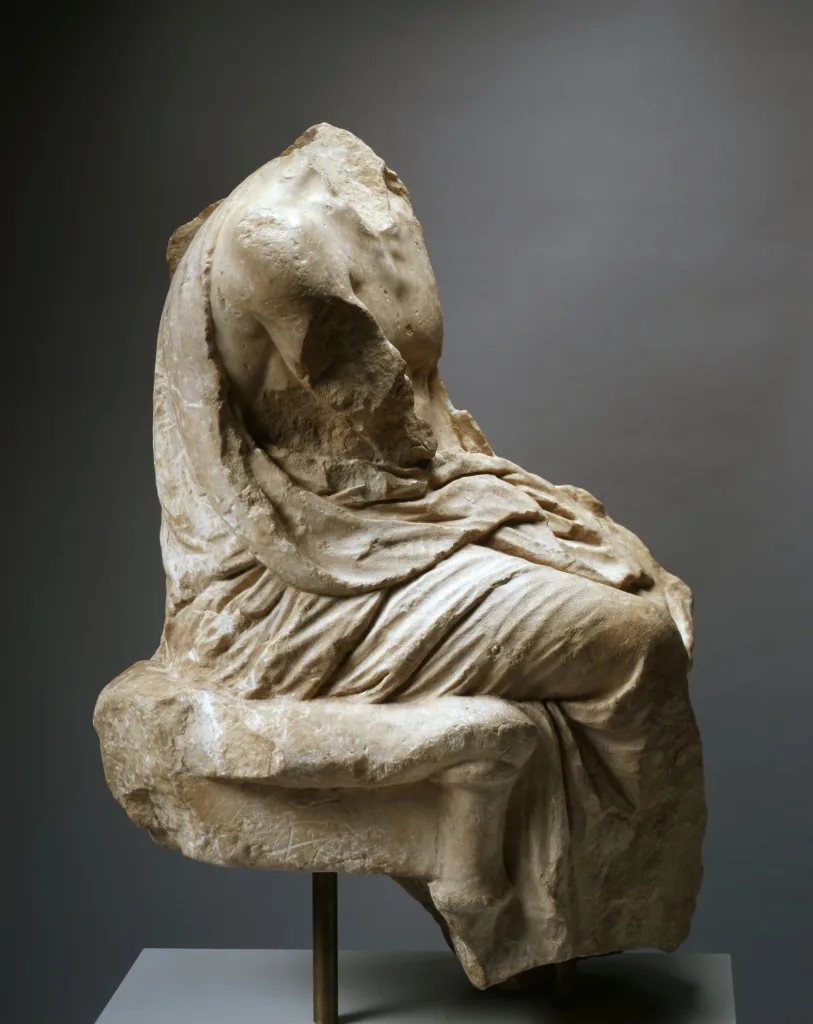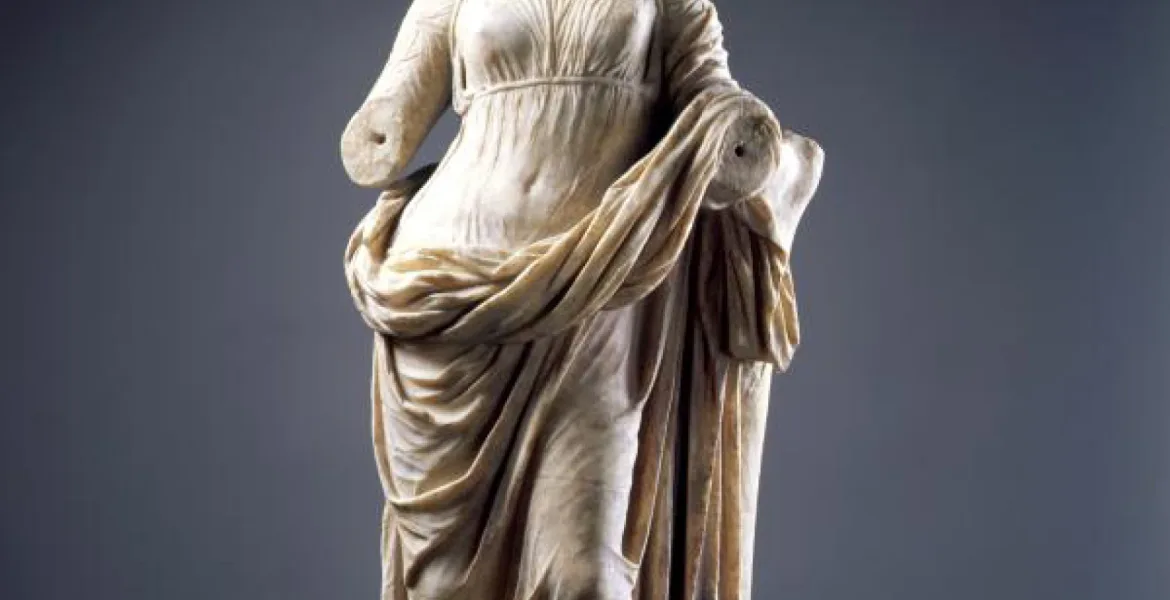Emory University's Michael C. Carlos Museum is repatriating three antiquities to Greece, which were believed to have been looted, after years of criticism for its collecting practices.
Based in Atlanta, the museum has agreed with the Ministry of Culture of the Hellenic Republic to return a Minoan larnax (coffin), a statue of the muse Terpsichore, and a statue of a seated figure. The decision follows an investigation last summer, revealing that these items and over 500 other artifacts from the Carlos Museum were associated with the illicit antiquities trade.

These returns highlight the museum's efforts to reassess its acquisitions and address concerns about the potential involvement in the looting and destruction of archaeological sites. The Carlos Museum had previously returned antiquities to Italy and relinquished ownership of others.
“The new provenance histories challenge what was known about the pieces at the time the museum acquired them,” Carlos says on a website about the repatriations.
The recent repatriations to Greece were prompted by discussions with the Greek government and evidence suggesting illegal excavation of the artifacts. The museum acknowledges that the new provenance histories challenge the information available at the time of acquisition.
“People should know the truth, that these are stolen objects. These are looted, stolen, smuggled objects,” said Christos Tsirogiannis, who leads research into illicit antiquities trafficking at Ionian University, in Greece. “And the Carlos Museum — despite the published evidence, and their responsibility to exercise due diligence all these years — they waited.”

In June 2007, Tsirogiannis told the Greek Ministry of Culture that his research strongly indicated that the Terpsichore statue and the larnax had been looted. The statue of the muse, still bearing flecks of paint, had been purchased in 2002 from Robert Hecht, a New York art dealer and a notorious fixture of the illicit antiquities trade. Polaroid photos of the larnax — a bathtub-shaped coffin from the ancient Minoan civilization, also purchased in 2002 — were found by Tsirogiannis in the archive of the convicted antiquities trafficker Gianfranco Becchina. But in August 2007, Bonnie Speed, who was director of the Carlos then, wrote to the Greek Ministry of Culture to say that the pieces had been acquired in compliance with international guidelines and “we have no evidence that the provenance of these pieces is improper,” according to a letter provided by Tsirogiannis.
At the time, Tsirogiannis alleged that another piece in the collection, a massive storage jar called a pithos, had also been looted, citing more photos in Becchina’s archive. In 2008, David Gill, an archaeologist and fellow with the Centre for Heritage at the University of Kent in England, began blogging about the red flags linked to the Terpsichore, the larynx, and the pathos.


